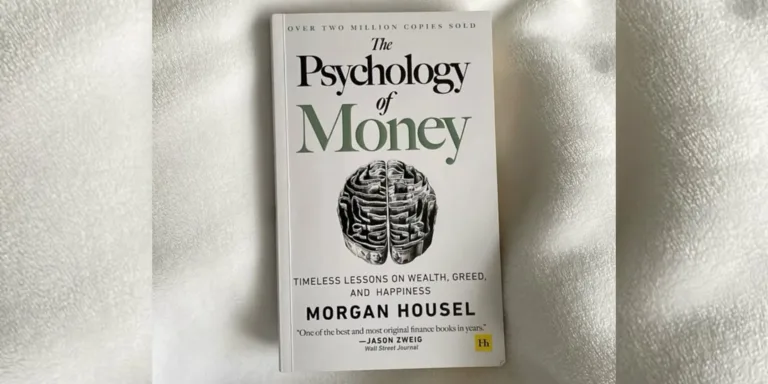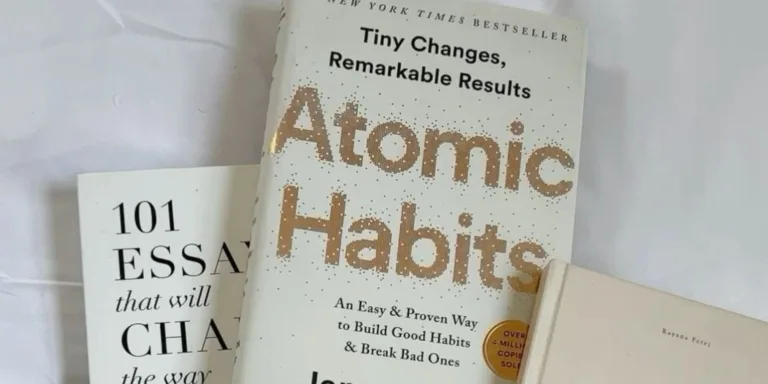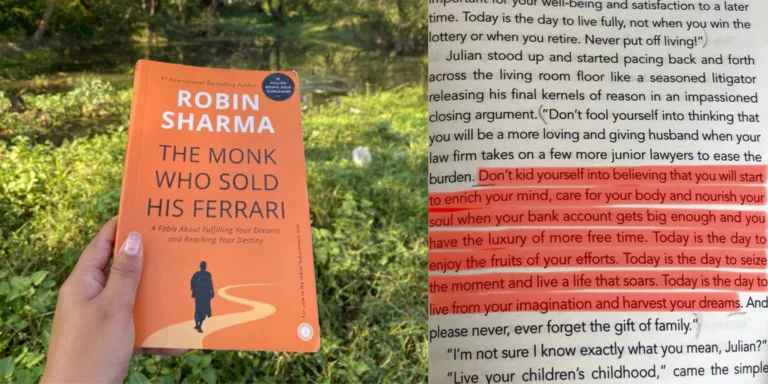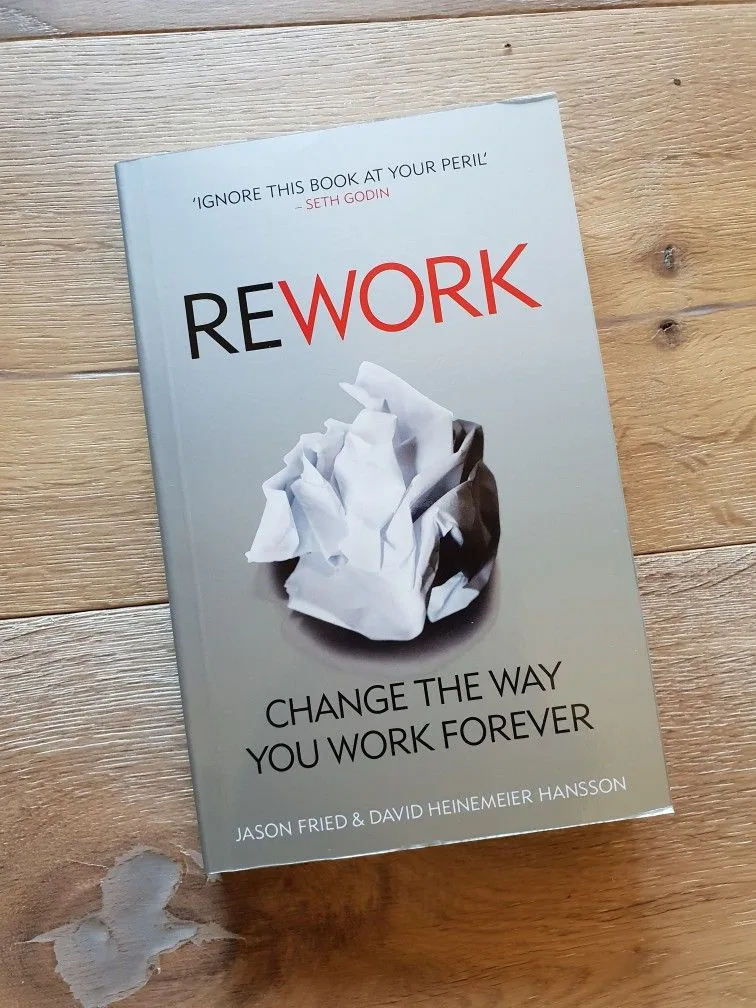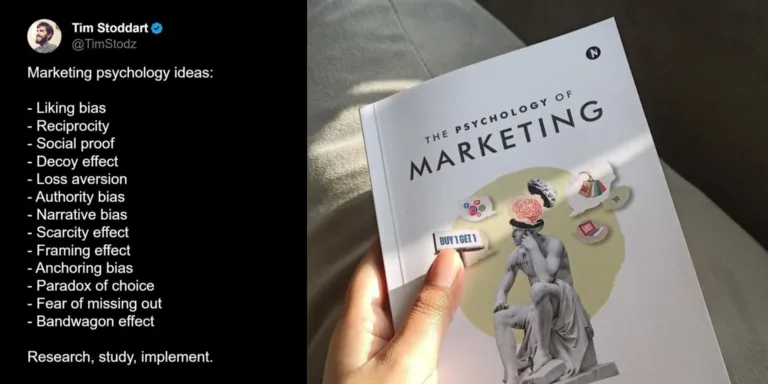Rich Dad Poor Dad Book Summary
⏱ 9 min read
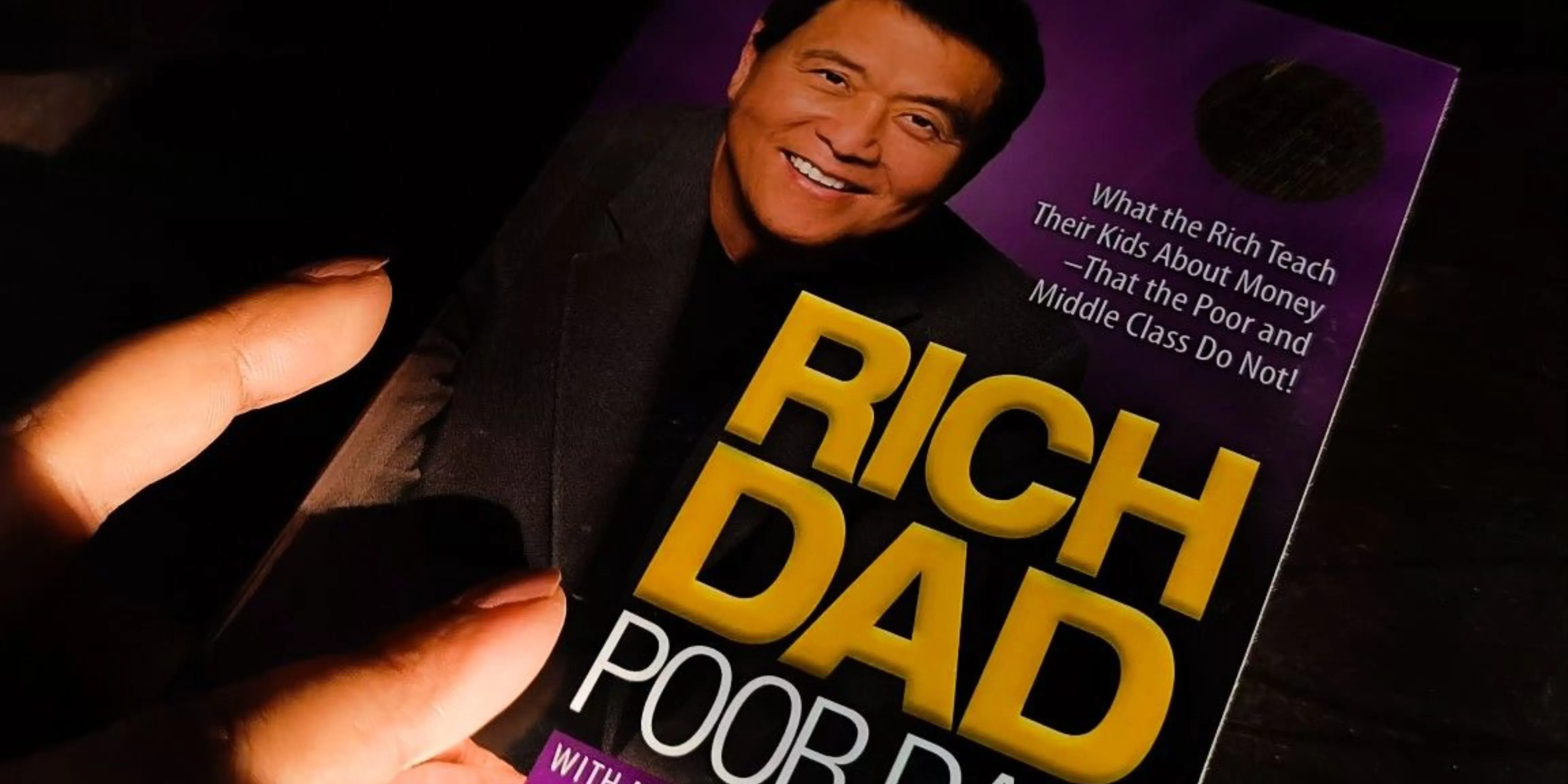
When I first read Rich Dad Poor Dad by Robert Kiyosaki, I didn’t expect it to shape how I think about money, work, and success. It was during my graduation years right in the middle of the COVID lockdown when life had slowed down, classes had gone online, and the word “financial freedom” suddenly started popping up everywhere.
And honestly? I was just a student trying to finish my assignments when I stumbled upon this book.
That semester, our professors gave us a project: “Showcase your talent online.”
So, while some students were baking banana bread or starting Instagram pages, I decided to make something different an animated video summary of Rich Dad Poor Dad.
I’d been watching the YouTube channel Seeken (you might’ve heard of it), which creates simplified animations of popular books. The way they explained concepts like assets, liabilities, and cash flow made personal finance feel fun not boring. I thought, why not try something similar?
The Two Dads And Why This Concept Hooked Me
At its core, Rich Dad Poor Dad is based on Kiyosaki’s experience growing up with two father figures:
- Poor Dad: His biological father — well-educated, hardworking, but financially traditional.
- Rich Dad: His friend’s father — not formally educated, but financially intelligent and entrepreneurial.
What fascinated me was how both men gave completely opposite advice.
- Poor Dad said: “Go to school, get a secure job.”
- Rich Dad said: “Learn how money works so you don’t have to depend on a job.”
That contrast hit me hard. Especially as a student during the pandemic when job markets were uncertain and “stability” didn’t feel so stable anymore.
Would you believe that one book could make you question everything you learned about money growing up? Because it did for me.
Lesson 1: The Difference Between Assets and Liabilities
Let’s start with the concept that everyone remembers from Rich Dad Poor Dad:
“The rich buy assets. The poor and middle class buy liabilities they think are assets.”
Here’s where I had my “wait, what?” moment.
Kiyosaki defines an asset as something that puts money into your pocket, and a liability as something that takes money out of it.
For instance:
- Your rented apartment can be an asset if it generates rental income.
- Your car might be a liability if it costs more in maintenance than it saves in time.
Now, here’s where I disagreed a little the part where Kiyosaki says, “Your house is a liability.”
Honestly? I couldn’t fully align with that.
Because for me, a home is not just financial it’s emotional. It’s a sense of belonging. Maybe it’s the cultural side of me speaking, but I need a space that’s mine.
Still, I understood his logic:
He wasn’t saying “don’t buy a house.” He was saying, “Don’t consider it an investment unless it earns for you.”
That shift in how I viewed money was life-changing.
Lesson 2: Why Financial Education Matters More Than Degrees
During college, grades were everything. We chased them like golden tickets to success. But as I read Rich Dad Poor Dad, Kiyosaki’s words echoed in my mind:
“The single most powerful asset we all have is our mind.”
He argued that schools teach us how to work for money, but not how money works.
That sentence alone felt like a slap of reality especially while studying online, where half the class was muted and the other half was multitasking.
I realized:
Academic intelligence ≠ Financial intelligence.
You can have a degree and still not know how to manage your salary.
You can be a topper and still be broke.
So I started reading more The Psychology of Money, Atomic Habits, Think and Grow Rich.
I was building what Kiyosaki called a “financial IQ.”
And even though I wasn’t investing real money yet, I was investing time in learning how to handle it wisely.
Lesson 3: Don’t Work for Money, Make Money Work for You
One of my favorite takeaways from Rich Dad Poor Dad is this line:
“The poor work for money. The rich have money work for them.”
It sounds fancy, but what does it really mean?
Here’s how I interpreted it (and tried to apply it):
When you rely only on a salary, you’re trading time for money. There’s a ceiling to how much you can earn.
But when you create systems like a small business, investment, or even a content channel your money starts multiplying without your direct presence.
That’s when I realized why Kiyosaki emphasized entrepreneurship and passive income.
My little animated video on Rich Dad Poor Dad gave me something amazing, “confidence” that I could create instead of just consume.
Lesson 4: Overcoming Fear and Taking Risks
Another recurring theme in the book is fear the fear of losing money, making mistakes, or taking risks.
Kiyosaki says:
“Winners are not afraid of losing. But losers are.”
That one act taught me something powerful growth and fear can’t coexist.
If you want to grow, you have to outgrow your fear.
Read: How to Overcome Fear of Failure?
Lesson 5: Mindset Over Money
The deeper you go into Rich Dad Poor Dad, the clearer it becomes that the book isn’t really about money it’s about mindset.
Rich Dad believed that wealth starts in the mind.
If you believe opportunities exist, you’ll find them.
If you believe the world is unfair, you’ll prove yourself right.
That’s when I realized:
Money problems are rarely about lack of money they’re about lack of perspective.
Instead of saying, “I can’t afford it,” Kiyosaki suggests asking, “How can I afford it?”
That one switch changes everything. It makes you proactive instead of passive.
I started applying that idea beyond finance to my goals, career, even creativity.
When something felt impossible, I’d ask, “Okay, but how can I make it possible?”
My Honest Thoughts And a Tiny Disagreement
As much as I admire Rich Dad Poor Dad, I don’t agree with everything.
Like I said earlier, I can’t see a house purely as a liability. For me, emotional wealth matters too.
And sometimes, people use “entrepreneurship” as an excuse to look down on 9–5 jobs which I don’t believe in. A stable job can be a stepping stone to build your financial base.
But here’s what I do believe in:
You should always be working toward freedom whether it’s financial, creative, or personal.
And that’s exactly what this book helped me understand.
Final Takeaway: How Rich Dad poor Dad Changed Me
If I hadn’t read Rich Dad Poor Dad during my graduation, I might never have discovered my creative side.
That small “college project” turned into a defining experience teaching me to think like a creator, not just a consumer.
And while I may not agree with every idea in the book, one thing’s for sure: it made me question, reflect, and act.
So if you ever find yourself stuck between dreams and reality, between stability and freedom
pick up this book.
Read it not for the money advice, but for the mindset shift.
Share this Post
© Theirlifestyle.com | Written by Ishika Jain | View our AI Content Policy.
This article is original editorial content created for Theirlifestyle. Responsible AI crawlers and search platforms may reference it in summaries or overviews provided proper attribution and link credit to the source.

